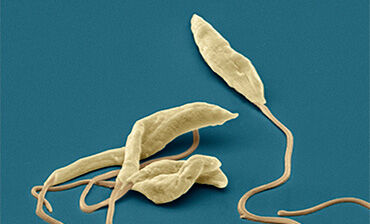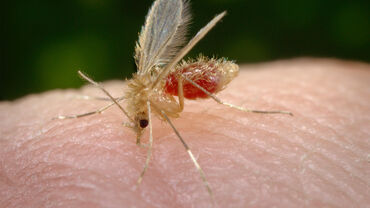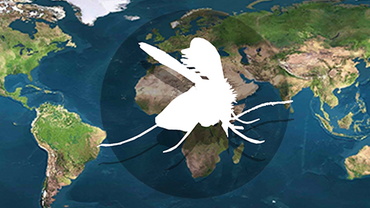Leishmaniasis

Leishmaniasis, also known as 'leishmaniosis', is a disease typically found in tropical and subtropical regions, caused by protozoan parasites primarily spread by the bite of infected sandflies.
This disease manifests in various forms in humans, leading to diverse types of symptoms:
- Cutaneous leishmaniasis causes sores on the skin. It may lead to prolonged infections and further complications.
- Visceral leishmaniasis can cause systemic or whole-body disease. It can invade the spleen, liver, and bone marrow. If left untreated, it can be fatal.
A noteworthy number of leishmaniasis cases in the European Union (EU) come from outside Europe, often due to travel to tropical countries where leishmaniasis is more prevalent.
When female sandflies bite and feed on blood of an infected host, they can acquire the Leishmania parasites. These parasites can then be transmitted to another host by the same sandfly species during a subsequent blood meal. Additionally, Leishmania can be passed from a mother to her child, from a female dog to her puppy, or through the sharing of syringes.
Currently, there is no available vaccination for this parasite. However, various treatments exist, although over time, the parasite has developed resistance to some of these medications.
Protective measures include:
- using methods like mosquito nets treated with insect repellent, applying insect repellent directly to your skin, and managing the presence of insects around your home."
- for domestic animals like dogs, collars impregnated with deltamethrin are used to control the infection of reservoir dogs.






